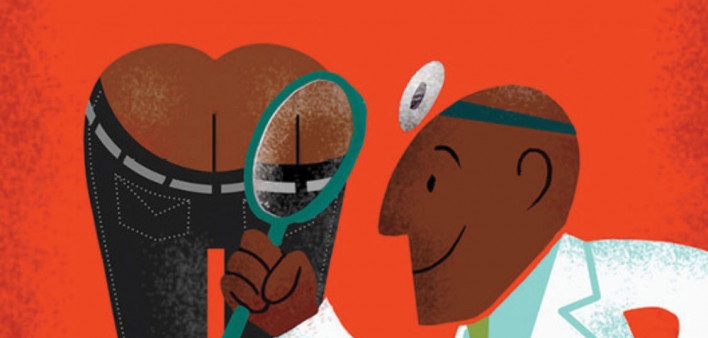Screening for abnormal anal cell changes and treating them early can reduce the risk of progression to anal cancer in people living with HIV, according to recently published results from the ANCHOR study.
Anal cancer, like cervical cancer, is caused by the human papillomavirus (HPV), which can trigger precancerous cell changes known as high-grade squamous intraepithelial lesions, or HSIL. People with HIV—especially men who have sex with men—are at greater risk for anal cancer. While widespread screening has dramatically lowered the risk of cervical cancer, anal cancer screening is currently not standard care for people living with HIV.
ANCHOR enrolled 10,732 HIV-positive participants, most of whom were on anti-retroviral treatment with an undetectable viral load and a high CD4 count. They were screened for HSIL at study entry, and more than half—53% of men, 46% of cisgender women and 67% of transgender people—were found to have precancerous lesions.
The 4,459 participants with HSIL were randomized to either receive immediate treatment or undergo active monitoring. The trial was halted ahead of schedule in October 2021 after an interim analysis showed that early treatment offers a clear benefit. Nine people in the immediate treatment arm and 21 in the active monitoring arm were diagnosed with anal cancer, meaning screening and treatment reduced the risk by 57%.
“We believe that screening for anal cancer precursors and treating them should become the standard of care for people with HIV over the age of 35 years,” says lead investigator Joel Palefsky, MD, of the University of California at San Francisco. What’s more, the findings may make it easier for people to get insurance coverage for anal screening.







Comments
Comments